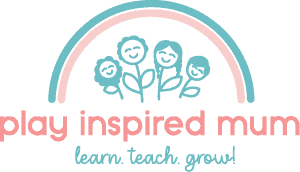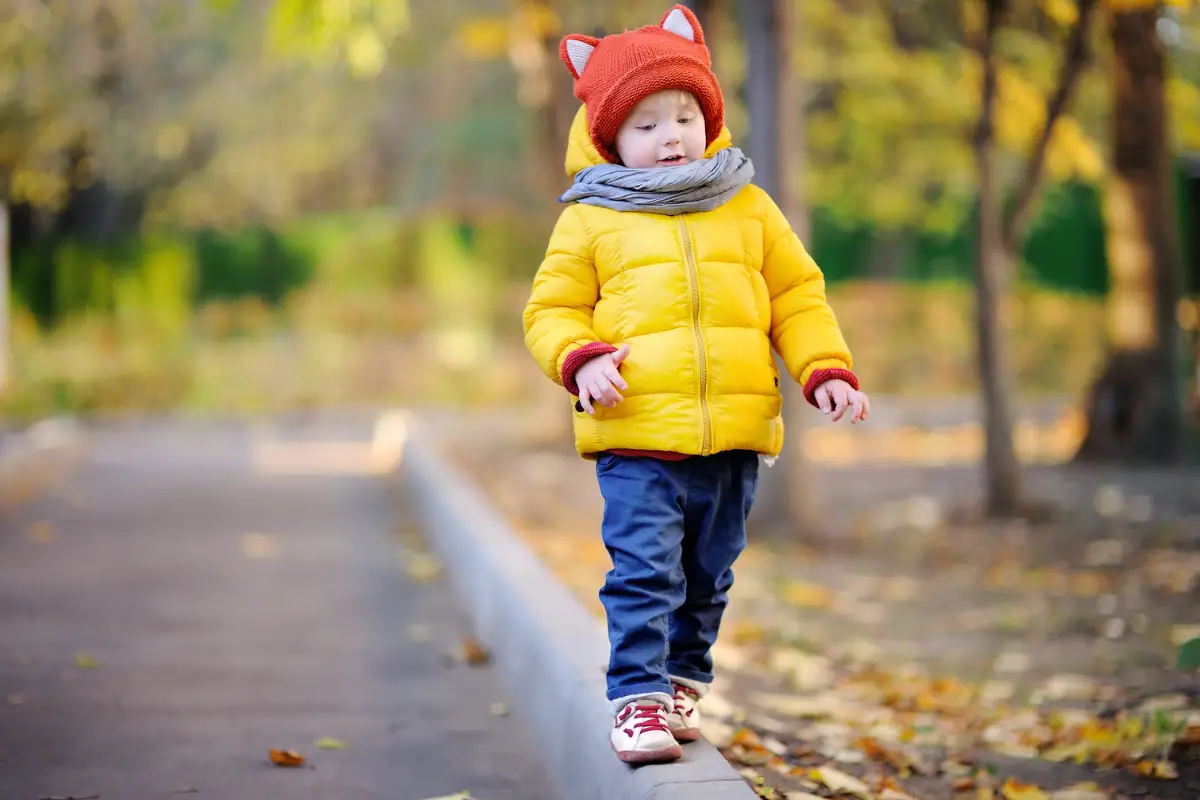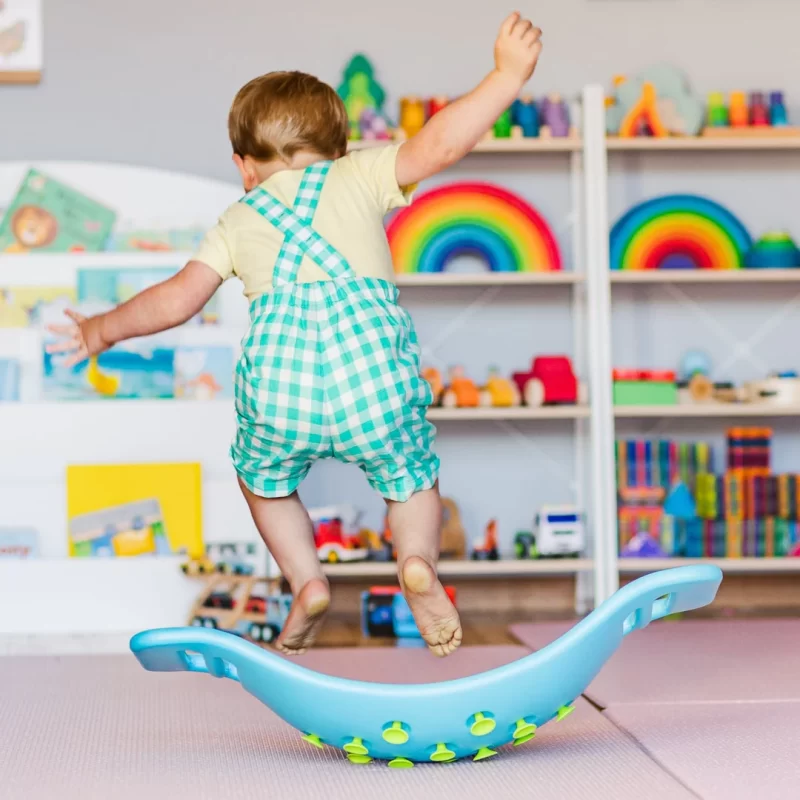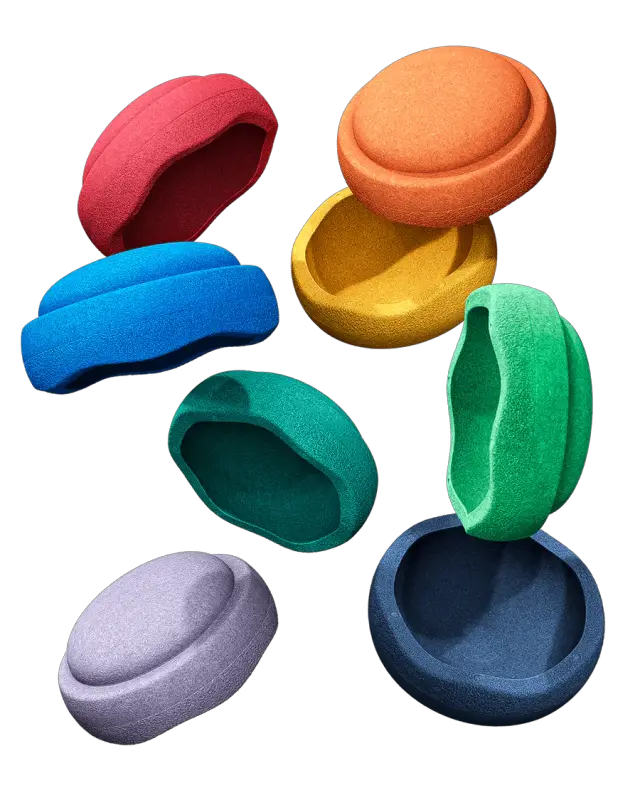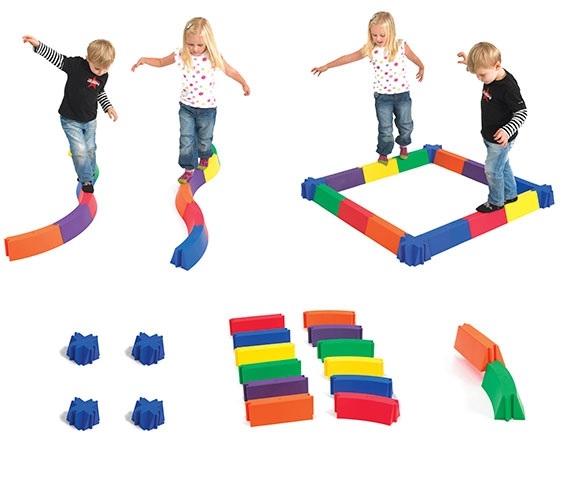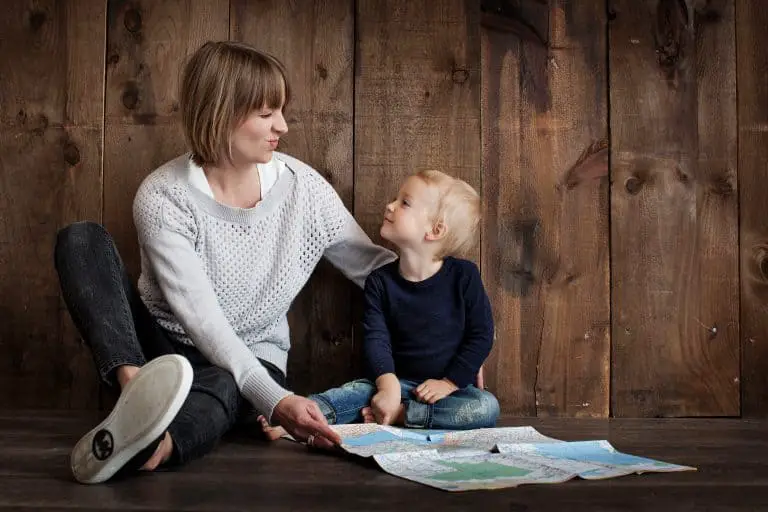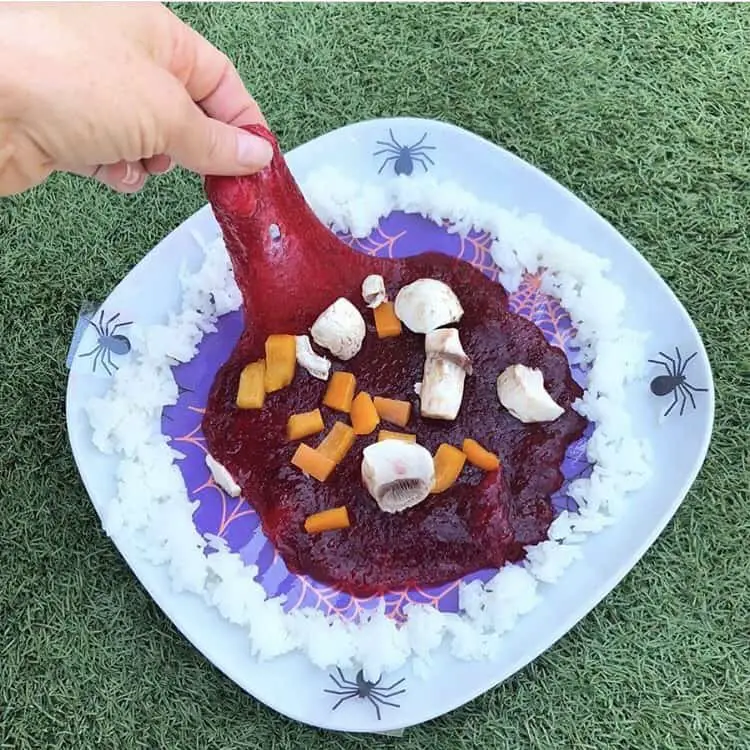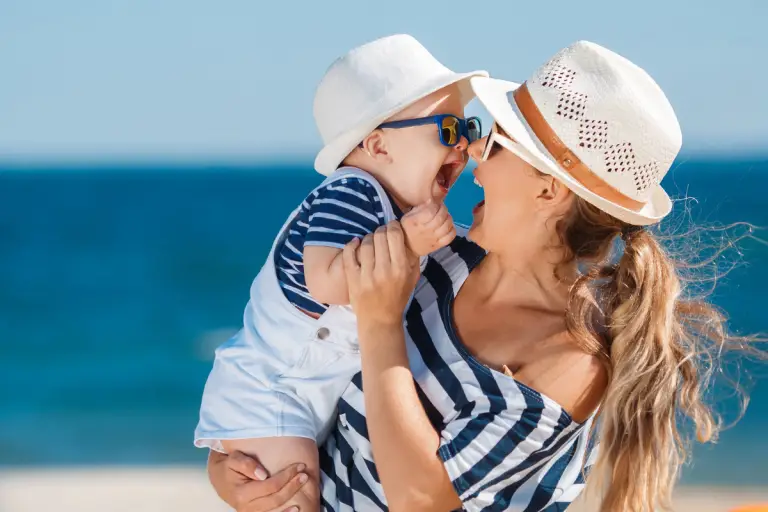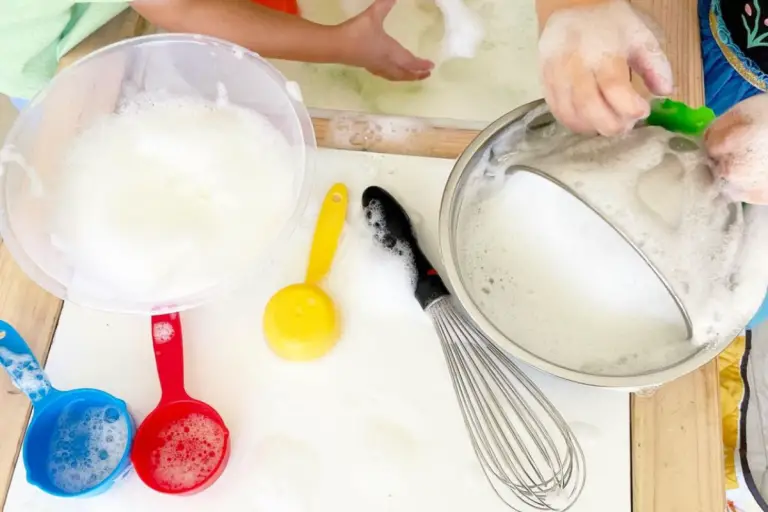Fun Balance Activities for Toddlers Coordination
Disclosure: This blog contains affiliate links which I may earn a small commission from if you purchase through them, at no extra cost to you.
Add some fun into every day with these balance activities for toddlers.
Learn how to add balancing games into you toddlers day to not only improve their balance and coordination but many other vital life skills too.
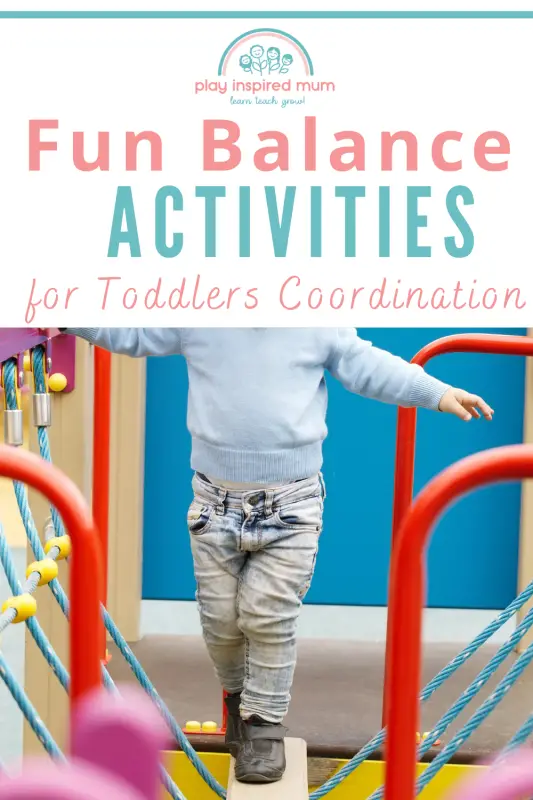
- The Importance of Balance and Coordination
- Types of Balance: Static and Dynamic
- Fun Balance Games and Activities
- Playground Equipment for Balance Development
- Creating an Obstacle Course for Balance Training
- Balance Exercises for Toddlers
- Benefits of Fun Balance Activities
- Impact on Gross Motor Skills and Social Development
- The Role of Balance in Physical and Social Development
- Understanding Proprioceptive Systems
- Fostering Toddler Coordination and Balance
The Importance of Balance and Coordination
Developing balance and coordination early in life sets the foundation for a child’s ability to navigate their surroundings effectively.
These skills are not only pivotal for achieving physical milestones but also for building the confidence required to engage in social activities.
As young ones master the art of maintaining stability and coordinating movements, they find daily tasks less challenging.
This progress, in turn, encourages participation in group games and sports, fostering social bonds.
With improved balance and coordination, children can explore their environment more safely, reducing the risk of falls and injuries.
This safe exploration is crucial for autonomy and learning.
In essence, the development of these skills is a cornerstone of both physical and social growth, enabling children to interact more confidently and competently with the world around them.
The best part is poor balance can be improved while having fun playing games and creating cherished childhood memories.
Types of Balance: Static and Dynamic
Static and dynamic balance represent two critical aspects of physical development in toddlers.
Static balance involves maintaining control over the body’s position when not in motion.
For a toddler, this means being able to stand still on one foot or holding a pose without falling over.
These activities strengthen the muscles and improve their ability to focus on a task without distraction.
In contrast, dynamic balance refers to maintaining stability while moving.
Activities such as walking, running, or navigating obstacles require a toddler to continuously adjust their center of gravity.
This form of balance is key in developing coordination and agility, allowing toddlers to move confidently through their environment.
Both types of balance are foundational for a toddler’s growth.
They support not just physical activities but also cognitive development, as navigating and interacting with the world involves constant coordination between perception and movement.
As children master static and dynamic balance, they lay the groundwork for more complex skills, from sports to dance and beyond.
Fun Balance Games and Activities
I believe introducing toddlers to balance games and activities not only boosts their physical development but also enhances their coordination in a fun, engaging way.
Here are some activities designed to keep little ones moving and excited while improving their balance and gross motor skills.
Balance Beam Adventures:
Use a low balance beam, sidewalk chalk or a painter’s tape line on the floor. Encourage your toddler to walk across, focusing on keeping their balance. This simple activity strengthens their leg muscles and improves static balance.
Hula Hoop Fun:
Though it may seem challenging for a toddler to use a hula hoop traditionally, they can still enjoy stepping in and out of it, lifting it above their head, or rolling it across the ground. These actions promote gross motor skills and spatial awareness.
Balancing on a Balance Board:
Balance boards offer a dynamic way to develop coordination. Stand with your toddler on the board and gently rock side to side. This aids in developing their dynamic balance and strengthens their core muscles.
Obstacle Course Challenges:
Create a simple indoor or outdoor obstacle course with cushions, boxes, and soft toys. Guide your toddler through it, emphasizing tasks that require balance and bilateral integration, like stepping over objects or crawling under barriers. It’s a comprehensive way to enhance their problem-solving skills and overall body coordination.
Playful Twister Game:
Modify the classic Twister game to suit toddlers by using simple commands and fewer spots. This not only teaches them about different body parts but also how to balance in varied positions.
Dance Party Time:
Put on some music and dance with your toddler. Encourage them to try different movements, improving their rhythm and motor skills in a lively, joyful setting.
Animal Yoga Poses:
Adopt our favourite animals poses. Stand on one leg with arms out like a stork or freeze pretending to be a monkey swinging between trees
Each game and activity mentioned above is a stepping stone for toddlers to master balance and coordination, making learning an adventurous, joyful journey.
These have been a huge hit over with my children over the years.
Our favourite has got the be obstacle courses.
We use our Whatsie cushions to make a pillow path and add masking tape jumping points or hopping sections. Then floor is lava as the children need to navigate across the floor using small cushions as stepping stones.
It was only a few days ago when I thought I would slide the cushions across the floor under foot chanting, ‘Working smarter, not harder’. Safe to say the children were not amused by my adaption to their game and I returned to stepping again. It was a fair call. Rules are for Mummy to follow just as much as them.
By engaging in these fun activities, toddlers build the foundations for healthy physical activity that will benefit them throughout their lives.
Playground Equipment for Balance Development
Playground equipment plays a pivotal role in the development of balance and coordination in toddlers.
By engaging with various structures, children learn to navigate different physical challenges, which is key to their growth.
The variety of equipment available is designed not only for entertainment but also to stimulate a range of motor skills.
For instance, balance beams offer a straightforward yet effective way for kids to practice walking in a straight line, refining their sense of equilibrium and postural control.
Similarly, seesaws require children to find their centre of balance while coordinating movements with a partner, teaching them about weight distribution and teamwork.
Climbing frames with differing heights and complexities require toddlers to use both their gross motor skills for climbing and fine motor skills for gripping.
Such activities boost their spatial awareness and encourage risk assessment in a controlled environment.
Swinging on monkey bars or ropes challenges them further by making them maintain balance while in motion, improving their dynamic balance.
Sandboxes, although seemingly simple, enable toddlers to explore textures and weight, subtly teaching them about stability on uneven surfaces.
Lastly, spinning equipment like merry-go-rounds introduces them to concepts of centrifugal force, requiring them to adjust their posture and grip to stay balanced.
Introducing toddlers to a variety of playground equipment not only diversifies their physical activities but also strategically enhances their balance and coordination, making every visit to the playground an opportunity for development.
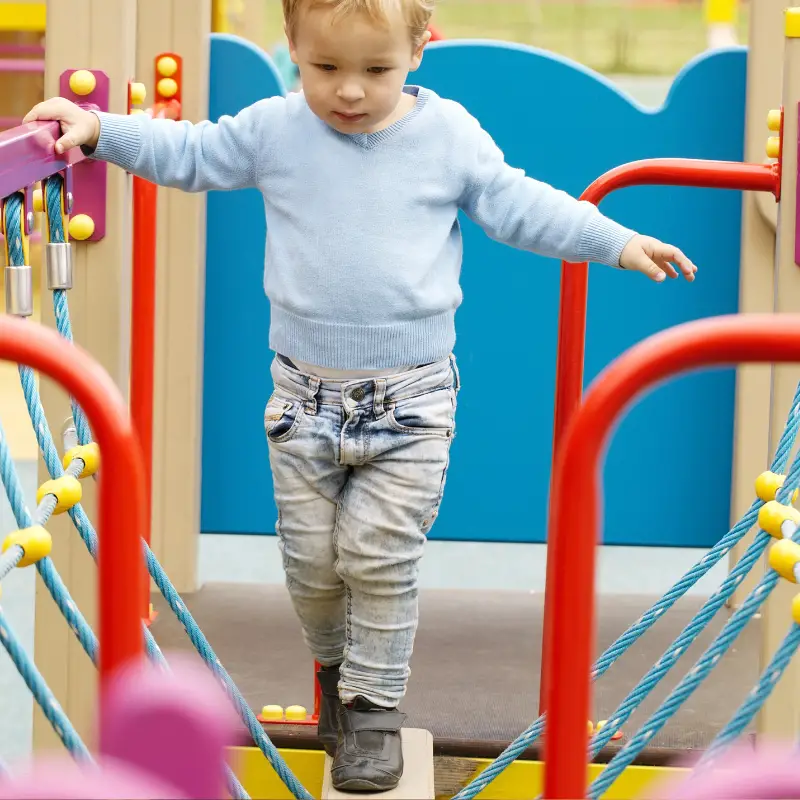
Creating an Obstacle Course for Balance Training
I believe creating a home obstacle course fosters balance and coordination in toddlers, transforming playtime into a dynamic learning session.
Start by selecting a safe space, preferably carpeted or grassy, to cushion any falls.
Use tape to make the beginning and end.
Grab household items like pillows, boxes, and chairs to craft a variety of challenges.
Arrange pillows on the floor for toddlers to step over, enhancing their ability to lift and place their feet carefully.
These can be flat or different heights.
Use a low, stable beam or a strip of tape as a balance beam, encouraging them to walk straight while maintaining balance.
Chairs can serve as tunnels for crawling under, building both spatial awareness and muscle strength.
Incorporate a “lava section” with paper plates or mats as safe spots, promoting strategic thinking and precision in movement.
Finally, station a basket at the end filled with lightweight balls to aim and throw into, fine-tuning their hand-eye coordination.
Always supervise and cheer them on, making adjustments based on their skill level to keep the fun game challenging yet achievable.
Obstacle courses are great for children of all ages.
They can be set ups to challenge children while having a great time making memories.
They also support the development of a wide range of learned skill sets including motor planning, sensory processing, problem solving and flexible thinking.
Whether you’re making one for outdoors on indoors for a rainy day, one obstacle can be a treasure trove of awesome balance activities.
Balance Exercises for Toddlers
Introducing balance exercises to toddlers can significantly enhance their coordination and core strength.
This journey begins as a newborn from the very first time a sweet baby lifts their head. From there, tummy time encourages core strength and motor development.
Its crazy to think how our children start as squishy newborns snuggled in your arms and within such a short space of time are walking around with their body upright making their demands.
Progressing through the various stages of child development, your toddler can have fun while refining physical balance.
Simple balance activities for toddlers
A great start is standing on one foot.
I encourage youngsters to hold their balance for a few seconds, gradually increasing the time as they gain more control.
Next, walking on a line drawn on the ground helps children master the art of placing one foot in front of the other, sharpening their balance.
Another effective exercise is the ‘balance beam’ game, where a low beam or a flat piece of wood serves as a safe platform for toddlers to walk across.
We have one on the floor between our living room and the children’s bathroom. It doubles as a ‘speed bump’ slowing them down as they are tightrope walking across the beam, one foot in front of the other.
This activity not only boosts their balance but also builds confidence in their physical capabilities.
Additionally, incorporating a balance board into playtime can offer a dynamic way for kids to engage their core and stabilize themselves in a fun setting.
The animal walk game, where children imitate various animals, like bear crawls or flamingo stands, adds an element of fun while focusing on controlling different body movements.
As children create body positions mirroring their favourite animals they are engaging in different body movement to develop good balance skills.
We love using these as a fun way to do transitions from one activity to the next.
“Let’s hop to the bathroom like a Kangaroo to brush our teeth”
Its a great way to add a balance challenge into everyday activities.
Lastly, engaging in simple tasks like reaching for objects while balancing on one foot can integrate balance training into everyday play.
These exercises, simple yet effective, play a crucial role in early childhood development, laying the foundation for successful physical activity in the future.
Benefits of Fun Balance Activities
Engaging toddlers in fun balance activities offers a wide array of benefits that extend well beyond the immediate enjoyment of play.
These activities lay a foundational stone for critical aspects of development in young children.
Physical growth sees a significant boost; as toddlers navigate through balance games and challenges, they build muscle strength, enhance motor skills, and improve overall body coordination.
This physical engagement not only aids in the proper development of gross motor skills but also cultivates a sense of body awareness, promoting safer and more competent movement.
On the emotional development landscape, balance activities play a vital role.
They teach young ones about persistence, encourage them to face challenges, and help them manage frustration.
Achieving a balance task, no matter how small, instills a sense of accomplishment and boosts self-esteem, laying the groundwork for a resilient and confident mindset.
In terms of social development, these activities often require interaction, cooperation, or even healthy competition with peers.
They provide an excellent opportunity for toddlers to learn about taking turns, sharing successes, and even dealing with losses.
Such interactions are crucial for developing empathy, communication skills, and understanding social cues.
Therefore, incorporating fun balance activities into a toddler’s routine enriches their development on multiple fronts, ensuring they grow into well-rounded individuals.
Impact on Gross Motor Skills and Social Development
Improved balance and coordination in toddlers lay the foundation for enhanced gross motor skills and social development.
With these abilities, toddlers find it easier to navigate their physical environment.
They can climb, jump, and run with greater ease, which directly influences their capacity to interact with peers in a variety of social settings.
This mastery over their bodies brings about a significant rise in confidence.
They start to approach tasks with a can-do attitude, willing to take risks that further refine their physical capabilities.
Engaging in group activities, such as balance games, fosters teamwork and helps in understanding the concept of taking turns.
This not only enhances their physical abilities but also enriches social interactions, paving the way for positive engagements within their community.
The Role of Balance in Physical and Social Development
Balance and coordination are more than just physical abilities; they form the cornerstone of a child’s physical and social skills development.
By fostering these skills early in life, we set the stage for a journey filled with active exploration, confident movement, and enriched social interactions.
A child adept in balance maneuvers through playground challenges with ease, showing resilience and adaptability.
This physical prowess translates into social settings, where the child engages more freely, collaborates with peers, and navigates the complexities of group dynamics with confidence.
Strengthening these foundational skills in toddlers does more than prepare them for physical activities; it builds a scaffold for their personal and social well-being.
Children with good balance and coordination develop a sense of bodily awareness and control that supports their independence and decision-making.
As they master new movements, their self-esteem blossoms.
This sense of achievement motivates them to tackle challenges, both physical and intellectual, with enthusiasm and perseverance.
Nurturing balance and coordination from an early age lays down a pathway for physical health, emotional resilience, and social competence.
Understanding Proprioceptive Systems
The body relies on proprioception, often referred to as the sixth sense, to determine its position in space.
In simple terms, proprioception informs the brain about the location of various body parts.
This sense plays a crucial role in self-regulation, coordination, posture, body awareness, focus, and speech.
Proprioception enables us to understand the position and movement of our body parts, as well as the required muscle strength.
Activities that enhance proprioception can involve either heavy muscle work, such as pushing, pulling, and carrying heavy objects, or applying deep pressure to muscles and joints, like carrying a stack of heavy books or engaging in a wheelbarrow walk.
Your child’s body relies on proprioceptive feedback to maintain balancing skills and body control.
Sensory Seeking
A child who exhibits sensory seeking behaviours that involve jumping, bumping, and crashing may be showing signs of proprioceptive dysfunction.
This behavior extends to stomping feet while walking, kicking feet on the floor or chair while seated, and a preference for being tightly wrapped in numerous or weighted blankets, especially during bedtime.
Tight clothing, including belts, hoods, and shoelaces, is favoured.
Additionally, there is a propensity for enjoying and seeking out activities involving “squishing,” as well as a preference for whole body bear hugs.
The child may also display excessive banging on or with toys and objects.
How much pressure
Children facing the added challenge with the “grading of movement” exhibit difficulties in assessing the appropriate level of muscle flexion and extension during tasks or activities.
Regulation of pressure while writing or drawing is problematic, resulting in work that is either too light to see or so hard that the tip of the pencil breaks.
Written work is often messy, and the individual may frequently rip the paper when erasing.
The person consistently seems to break objects and toys, misjudging the weight of items like a cup of water, leading to either excessive force and spills or complaints about objects being too heavy.
Furthermore, there may be a lack of understanding regarding the concepts of “heavy” or “light,” making it challenging to compare the weight of two objects.
The individual tends to approach various actions with an excess of force, including walking, slamming doors, and pressing things too hard, as well as slamming objects down.
Fostering Toddler Coordination and Balance
I find that incorporating balance and coordination activities into daily routines enhances a toddler’s development with ease and fun.
There are so many creative ways and fun ideas you can add to your daily life to refine these important skills.
Let me share some effective ways to weave these crucial skills into everyday moments.
Play time is ideal for introducing toys that promote your child’s balance, like balance boards or hula hoops.
For busy mornings, encourage your child to stand on one foot while brushing their teeth or getting dressed.
This simple act strengthens their core and improves their sense of balance.
Take walks together and make them more exciting by turning them into mini adventures.
Sidewalks transform into balance beams, and park benches become stations for quick balance games.
During family outings, choose destinations with varied terrains.
Walking on sand, grass, or hiking trails offers natural balance challenges.
Create a fun obstacle course at home using pillows, boxes, and soft furniture.
This not only entertains but also hones their balance and coordination in a safe environment.
Collectively, as time goes by, these small moments will amount to
Lastly, engage in activities like dancing to upbeat music or playing catch.
Gross motor activities promotes the development of many foundational skills.
These enjoyable moments not only bring laughter but significantly boost a toddler’s balance and coordination through dynamic movements.
Remember, fostering these skills in toddlers is not about rigorous training.
It’s about creating an environment where they can explore, learn, and grow their abilities naturally and joyfully.
Your child can have so much fun with these simple activities that allow for the development and refinement of these essential skills.
